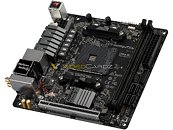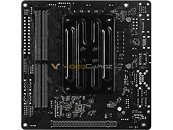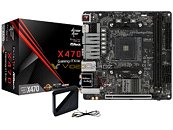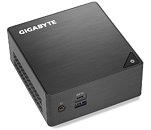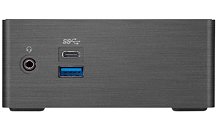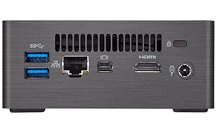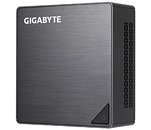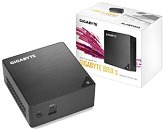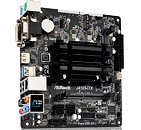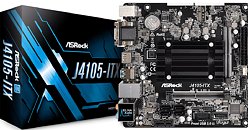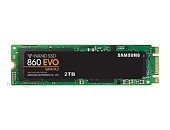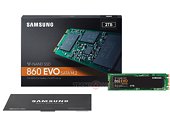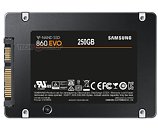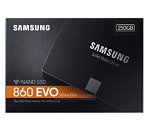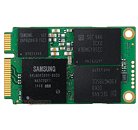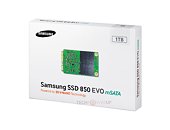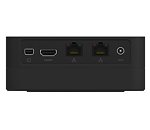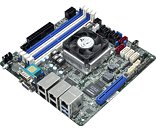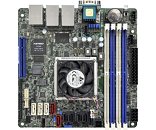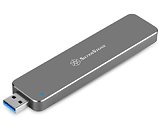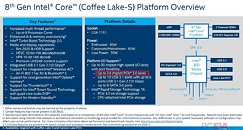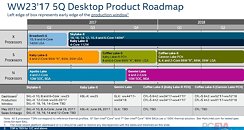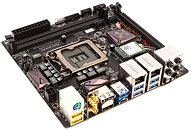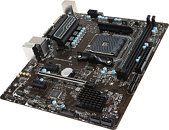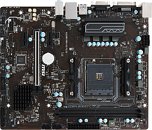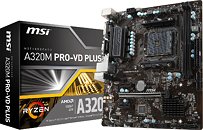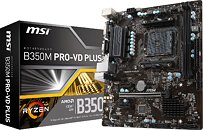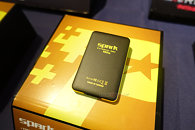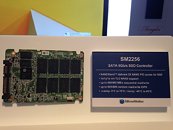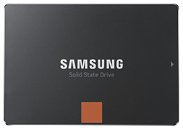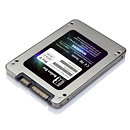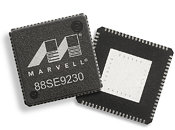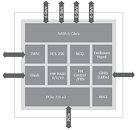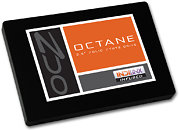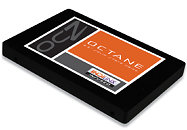
ASUS Intros H370 Mining Master Motherboard - Those Aren't USB Ports
ASUS rolled out one of its first crypto-currency miner-friendly motherboards based on the Intel 300-series chipset platform, now that cheaper Pentium Gold and Celeron processors for this platform are available. The H370 Mining Master puts out all 20 PCI-Express gen 3.0 lanes of the H370 Express chipset as x1 slots. It does this in a space-saving way - wiring out each PCIe "port" as USB 3.0 physically (using its 9 pins), which you wire out using USB 3.1 type-A male-to-male cables into open-ended PCIe x1 risers. You can plug in 20 graphics cards over risers, besides a 21st card on the board's PCI-Express 3.0 x16 slot.
The rest of the board is pretty spartan, which is what miners need. The LGA1151 socket is powered by a simple 4+2 phase VRM. Power is drawn from three 24-pin ATX, and one 8-pin EPS. The CPU socket is wired to two DDR4 DIMM slots, supporting up to 32 GB of dual-channel memory, the x16 slot, and the H370 Express chipset. Storage connectivity includes just two SATA 6 Gbps ports. You get six USB 3.0 ports (four on the rear panel, two via headers). Display outputs include DVI and HDMI. Legacy connectivity includes PS/2 combo, and one serial COM header. 6-channel HD audio, and one 1 GbE interface, driven by an Intel i219-V, makes for the rest of it. ASUS threw in onboard power/reset buttons, and POST debug display to sweeten things.
The rest of the board is pretty spartan, which is what miners need. The LGA1151 socket is powered by a simple 4+2 phase VRM. Power is drawn from three 24-pin ATX, and one 8-pin EPS. The CPU socket is wired to two DDR4 DIMM slots, supporting up to 32 GB of dual-channel memory, the x16 slot, and the H370 Express chipset. Storage connectivity includes just two SATA 6 Gbps ports. You get six USB 3.0 ports (four on the rear panel, two via headers). Display outputs include DVI and HDMI. Legacy connectivity includes PS/2 combo, and one serial COM header. 6-channel HD audio, and one 1 GbE interface, driven by an Intel i219-V, makes for the rest of it. ASUS threw in onboard power/reset buttons, and POST debug display to sweeten things.




